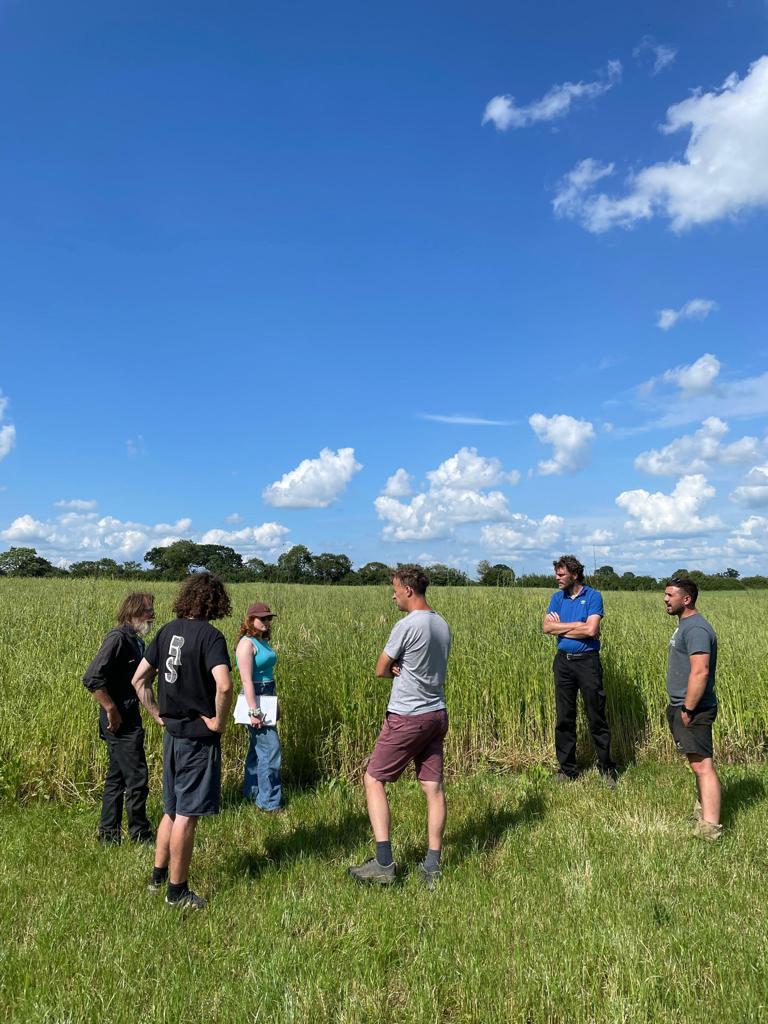
Six farms in the Southwest of the UK are supporting each other to put together action plans and exploring how different livestock rotations and adaptive multi-paddock grazing (AMP) techniques effect soil structure, biology and function.
The Exploring Livestock Emissions action group is facilitated by Innovation for Agriculture and funded by The Dulverton Trust, with the University of Warwick supporting the investigation into the impacts of livestock rotations and AMP techniques on soil. The group’s activities include soil sampling and putting together an action plan for each farm to build on their previous successes and overcome current challenges.
Soil sampling
Soil samples are being taken on each participating farm. This is being carried out on a field-by-field basis, so the results can be reviewed alongside current management plans and any historic land use data that is available.
The process for soil sampling on each farm includes:
- Visual evaluation of soil structure (VESS)
- Rhizosphere depth measured
- Soil horizons analysed
- Rhizosheaths analysed
- A worm count
- Organic matter measured
Action plan
The farm action plans are created with input from other farmers in the group, the sampling results and information from the RASE Farm of the Future farmers’ action guide, with the farmer choosing the actions they decide will be best-suited to their farm.Each member of the group will host a farm walk, during which they share their previous successes and current challenges within their farming system. Other group members can ask questions and discuss solutions to the challenges, each drawing on their own experience. From this activity the key outcomes are incorporated into an action plan which can integrate with the existing farm management plan. This action plan is matched with the Farm of the Future Guide to Action and re-assessed with the host farm.
Each farm consequently receives a tailored action plan which integrates the results from the sampling, their knowledge and experience, the input from the group members and the RASE Farm of the Future Guide.
For more information, see this case study about Paddock Farm in Warwickshire, one of the farms participating in the action group.





